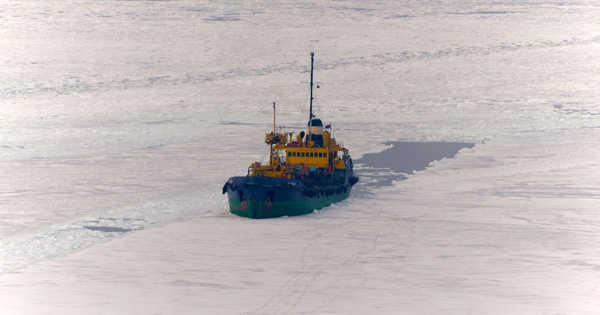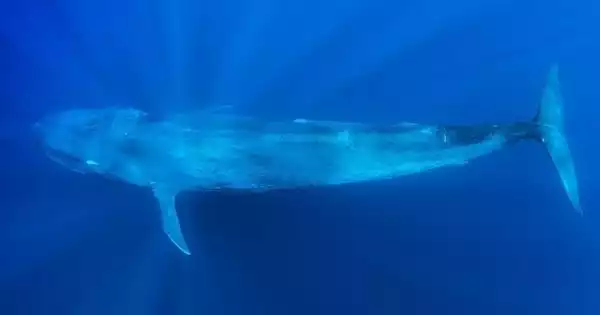The Arctic sea ice has been declining in extent and thickness over the past few decades, a trend that is attributed to global warming and climate change. The Arctic sea ice plays an important role in regulating the Earth’s climate, reflecting sunlight back into space and helping to maintain a stable temperature.
The decline in Arctic sea ice is most evident during the summer months, when the ice melts and shrinks to its lowest extent of the year. According to data from the National Snow and Ice Data Center, the Arctic sea ice extent has declined at an average rate of 13.1% per decade since satellite records began in 1979. In recent years, the decline has been even more rapid, with the second-lowest minimum ice extent on record occurring in September 2020.
The effects of climate change on oceans have caused a decline in Arctic sea ice area, extent, and volume in recent decades. The Arctic Ocean’s sea ice has been melting faster in the summer than it has refreezed in the winter. The decline in Arctic sea ice is due to global warming caused by greenhouse gas forcing. The Arctic sea ice decline has accelerated in the early twenty-first century, with a decline rate of minus 4.7% per decade (it has declined by more than 50% since the first satellite records).
Summertime sea ice is also expected to vanish sometime in the twenty-first century. One of the primary drivers of surface-based Arctic amplification is sea ice loss. The total area covered by ice is referred to as sea ice area, whereas sea ice extent is the area of ocean with at least 15% sea ice, and the volume is the total amount of ice in the Arctic.
The loss of Arctic sea ice has a number of environmental and societal impacts. It affects the Arctic ecosystem, including the animals that depend on the ice for their habitat and food sources. It also has global consequences, including rising sea levels, changes in ocean circulation patterns, and alterations to weather patterns around the world.
The region is at its warmest in at least 4,000 years, and the Arctic-wide melt season has lengthened by five days per decade (from 1979 to 2013), with a later autumn freeze-up dominating. Changes in sea ice are a mechanism for polar amplification. According to the IPCC’s Sixth Assessment Report (2021), Arctic sea ice area will likely fall below 1 million km2 in at least some Septembers before 2050. The US National Snow and Ice Data Center reported in September 2020 that Arctic sea ice had melted to 3.74 million km2 in 2020, the second-smallest area since records began in 1979.
Efforts are underway to mitigate the impacts of Arctic sea ice decline, including reducing greenhouse gas emissions and promoting the use of renewable energy sources. However, it is likely that the decline will continue for some time, and adaptation measures will be necessary to address the impacts of a changing Arctic.
















